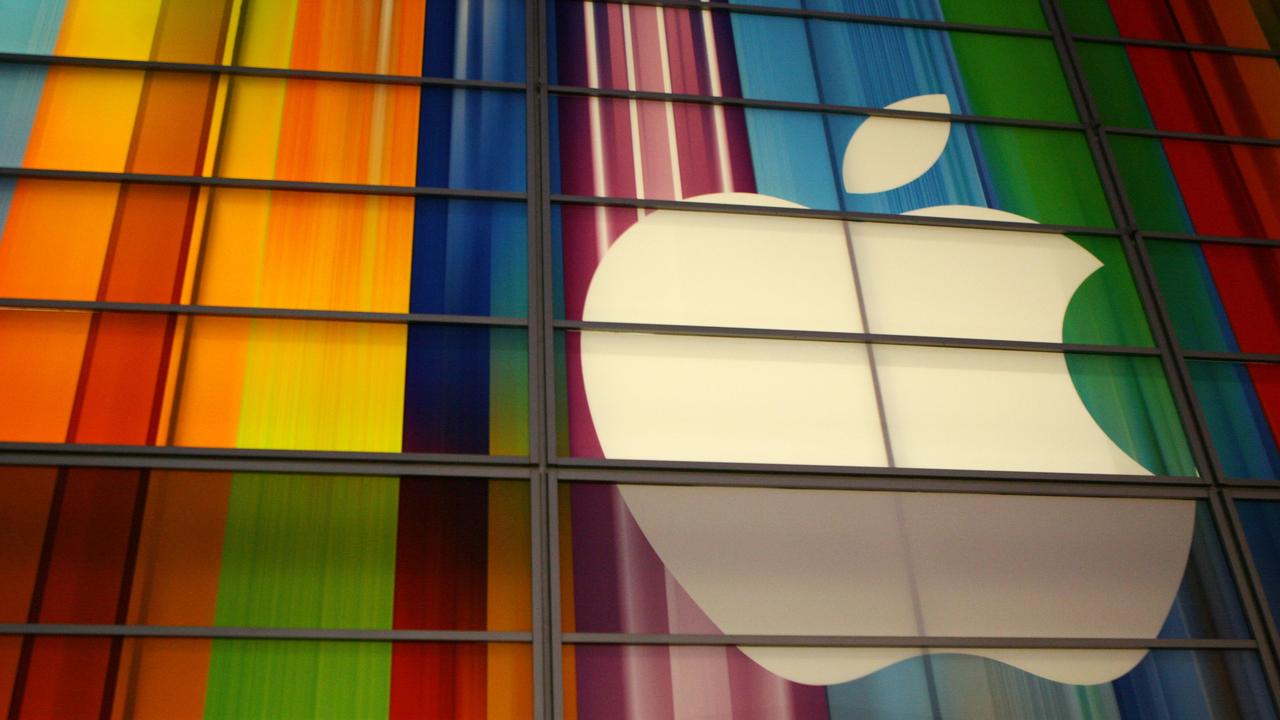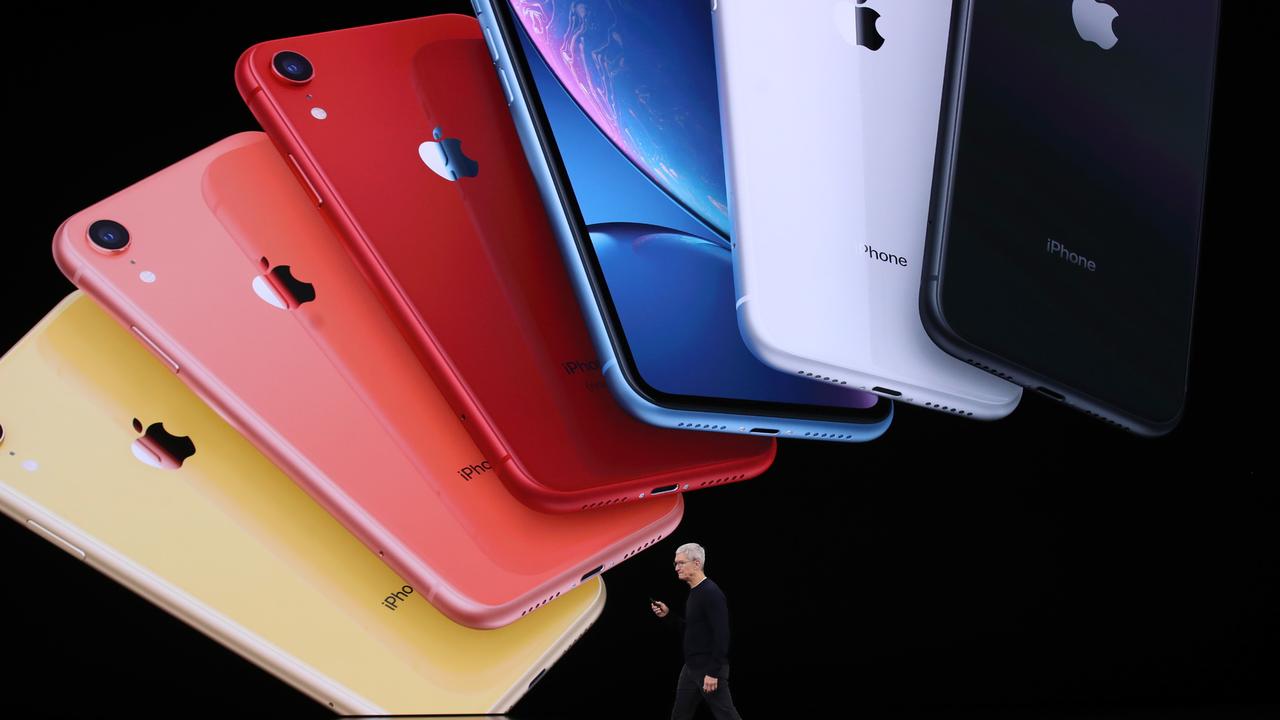Smartphone makers snap back as Jobs tries to spread the iPhone reception problem
APPLE'S low-tech solution to its high-tech problem could save it up to $US1.5 billion, analysts say.

APPLE'S low-tech solution to its high-tech problem could save the company up to $US1.5 billion, analysts say.
The California gadget-maker is hoping a $US29 rubber-and-plastic case will put an end to the debate over the antenna on what Apple chief executive Steve Jobs calls "perhaps the best product we've ever made".
Pictures: Apple's greatest product failures
The bumper, which fits around the sides of the phone, will be offered free to all buyers of the iPhone 4 through to the end of September.
Those who have already bought the case will be reimbursed.
Abhey Lamba of the International Strategy and Investment Group said the financial impact of the expense would be "fairly insignificant" to the company behind the Macintosh computer, iPod, iPhone and the iPad.
"Assuming the cost of distributing a bumper to be about five dollars per unit and the number of bumpers as 10 million, total cost to the company could be about $US50 million," Ms Lamba said.
According to some analysts, a recall and starting the production line over again could have cost Apple up to $US1.5 billion.
Noting that Apple has sold more than three million iPhones in just three weeks, Ms Lamba also said "clearly, the antenna issue has not made any dent in demand for the new phone".
"We expect the strong momentum to continue," said said, estimating that Apple will sell 37 million iPhones in fiscal 2010 and 44 million in fiscal 2011.
The iPhone 4 has been bedeviled with complaints about dropped calls from the moment it appeared on store shelves three weeks ago.
Some iPhone 4 users claimed they lost reception when holding the lower left corner of the phone - whose unusual antenna wraps completely around the device - in what has been referred to as the "death grip".
Consumer Reports, the influential product review magazine, said it could not recommend the device because of the problem, forcing Jobs to cut short his Hawaii vacation and return to San Francisco to address the controversy.
The Apple chief said the whole issue had been "blown so out of proportion" but apologised to any customers who experienced problems and offered the free cases as a fix.
"A lot of people have told us the bumper solves the signal strength problem," Jobs said at an event held at Apple headquarters to address "Antennagate".
"OK, so let's give everybody a free case."
Jobs acknowledged "there's a problem" but stressed "it's affecting a small percentage of users and some of that problem is inherent in every smartphone".
"We're not perfect," he said. "Phones aren't perfect either."
Jobs acknowledged the iPhone 4 drops slightly more calls than the previous model, the iPhone 3GS, but said said other smartphones also drop reception if held in a certain way.
"It's certainly not unique to the iPhone 4," he said. "Every smartphone has this issue."
But the issue other smartphone makers really had was with Jobs comparing his product's flaws to theirs.
Research in Motion’s co-CEOs Mike Lazaridis and Jim Balsille said Jobs' attempt to draw their Blackberry range into Apple's controversy was "unacceptable".
"RIM has avoided designs like the one Apple used in the iPhone 4 and instead has used innovative designs which reduce the risk for dropped calls, especially in areas of lower coverage," they said.
"Apple clearly made certain design decisions and it should take responsibility for these decisions rather than trying to draw RIM and others into a situation that relates specifically to Apple.”
HTC denied its phones had any weak points, and while Nokia acknowledged that a tight grip may affect the signal, it told the Wall Street Journal that its phones were designed to withstand real world conditions and could be held with either hand.
Gartner analyst Charles Smulders said problems such as those experienced by Apple are to be expected by firms operating on the cutting-edge.
"There are inherent risks when any company pushes the design and technology envelopes," Mr Smulders said.
"Apple pushes very hard on both fronts."



